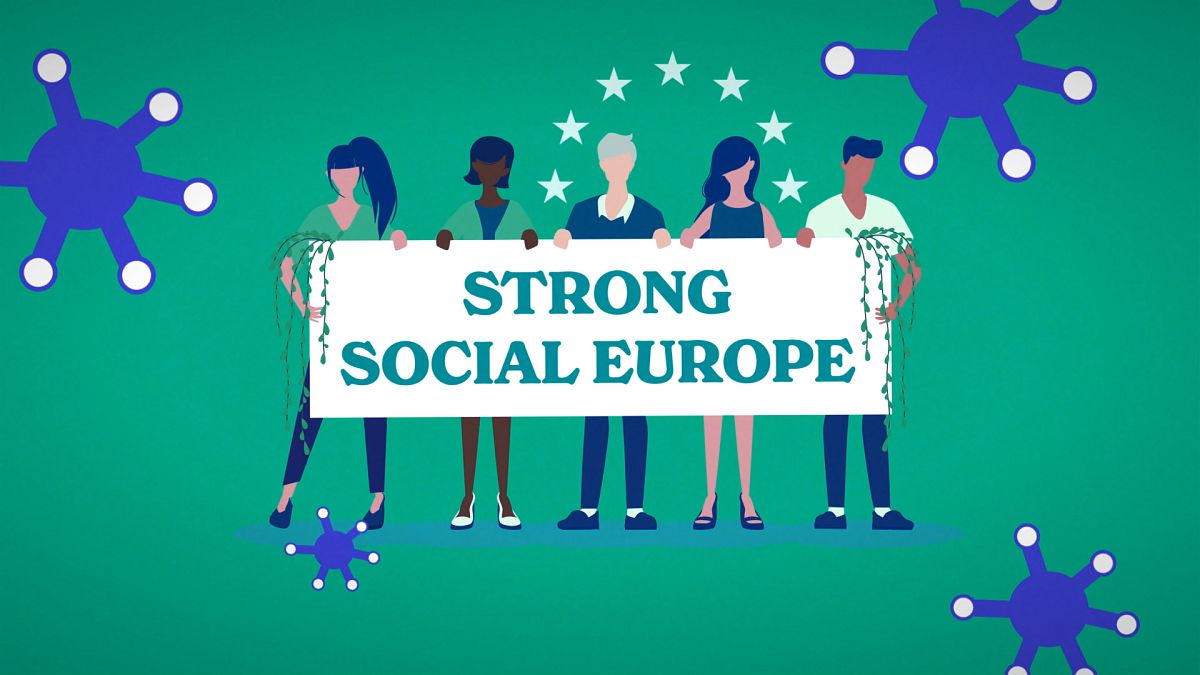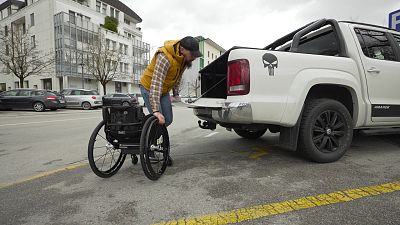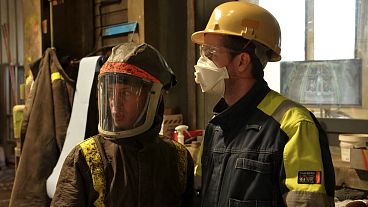The pandemic has created employment hardships for entire sectors and populations. This has been mitigated by loans for job retention schemes to EU member states through initiatives like SURE and the Pillar of Social Rights Action Plan. But these schemes will soon come to and end.
What are job retention schemes?
During the pandemic, EU governments have been subsidising wages which has allowed companies to keep workers on the payroll.
These emergency job retention schemes, often known as furlough or short-time work schemes have kept millions of people in work across Europe.
The EU’s SURE (Support to mitigate Unemployment Risks in an Emergency) initiative has provided up to 100 billion euros in loans to member states to support these schemes, acting as a second line of defence. It is estimated that SURE supported between 25 and 30 million people in 2020 and between 1.5 and 2.5 million firms have benefitted.
What happens after they come to an end?
The European Union’s goal emerging from the Pandemic is a ‘strong social Europe’.
Its Pillar of Social Rights Action Plan sets out three targets to be achieved by 2030:
At least 78% of adults should be in employment, at least 60% should participate in training every year, and the number of people at risk of poverty or social exclusion should be reduced by at least 15 million.
As part of this, the EU has set out steps to help member countries maintain and create jobs as they come out of the Covid-19 crisis. The aim is for their economies to be resilient and that the recovery is fair and inclusive for everyone.
The European Commission’s EASE (Effective Active Support to Employment) outlines a strategic approach as Europe transitions from emergency job retention schemes.
It recommends that EU countries create new jobs by supporting entrepreneurs and training people in new skills to get jobs in growing sectors such as green and digital. It also recommends hiring incentives for companies.
How will this be financed?
To help finance this there is money available from the EU's Recovery and Resilience Facility (RRF) which is at the heart of the 750 billion euro Next Generation EU recovery plan. There is also financial support available from the European Social Fund Plus (ESF+), the European Regional Development Fund (ERDF), the Just Transition Fund, and the European Globalisation Adjustment Fund (EGF).



